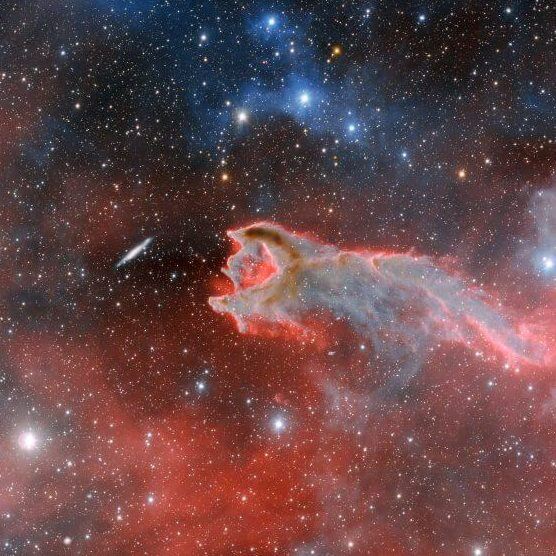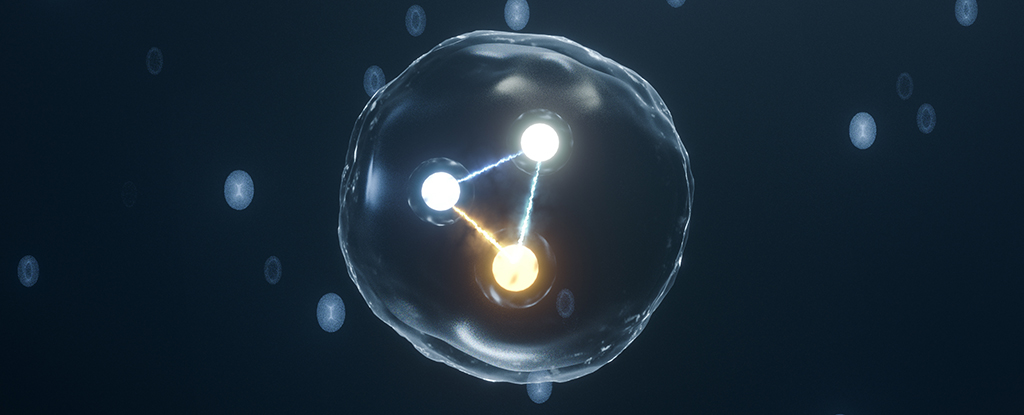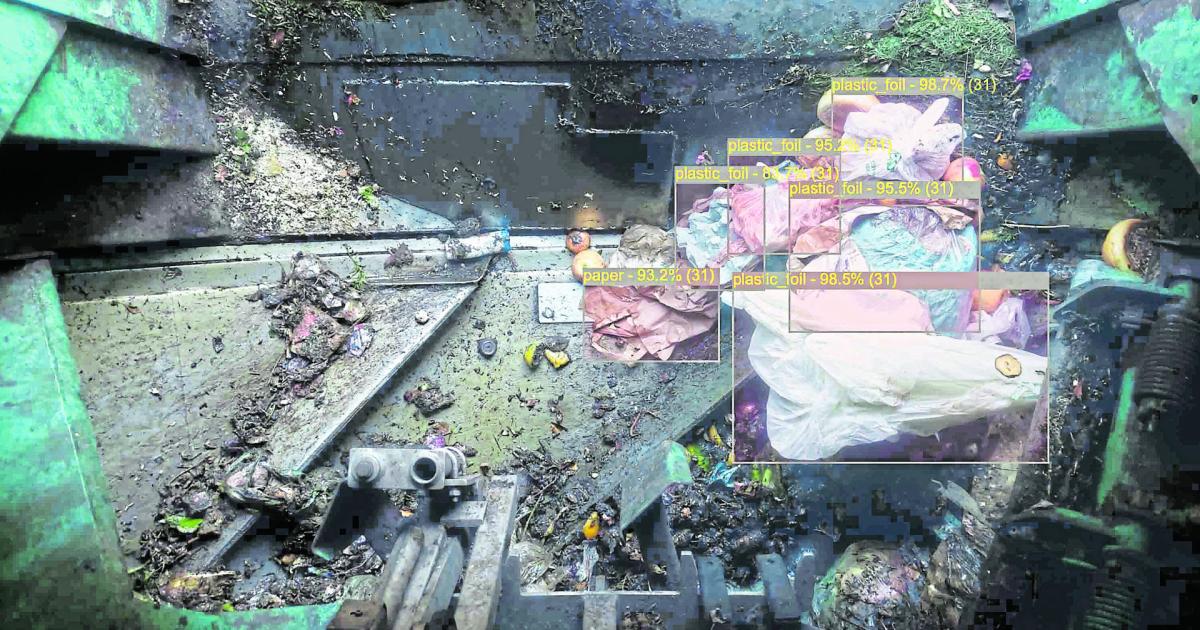Fruit and vegetable peels, coffee grounds, grass clippings – most of us know very well what belongs in the organic waste bin. However, nationwide waste analyzes show that much organic waste does not end up in brown bins. Conversely, it also happens that non-biodegradable materials are specifically disposed of in them. The result: This manure can no longer be recycled, but must be burned or disposed of in landfills. However, this does not only apply to the contents of the organic waste bin in question: compost vans empty many bins during their rounds. If just one ton contains non-recyclable waste, the entire load is affected.
Recognize and understand
This is where the research project “Knowledge Graph-Based Tour Management for Sustainable Waste Processing” by Prof. Dr. Emanuel Salinger, Head of the Cognitive Graph Laboratory at TU Vienna, which is funded by WWTF as part of the Vienna Research Groups. It uses artificial intelligence technology to improve the recycling rate of organic waste. “Knowledge graphs can map complex time sequences very well.
“They also offer suggestions on how to move forward,” the scientist explains. “You can interpret this similarly to Nobel Prize winner Daniel Kahneman’s book, Thinking, Fast and Slow: Cognitive graphs can instantly detect whether organic waste is contaminated, which is consistent with thinking fast. To be successful, you need to think slow—thinking.” Schematic. This AI technology links both components.
For the research project, some fertilizer trucks were equipped with special cameras. These devices scan organic waste and detect whether it also contains other non-biodegradable materials. “Of course, this is no longer useful if contaminated manure is in the truck, as it has to be incinerated or disposed of in landfills,” Salinger says. “But knowledge graphs understand the connections and, in the background, develop suggestions about what conclusions can be drawn from them.”
© Photo: To Vienna
Knowledge graphs provide interpretable decisions and are therefore ideal for this research project
Prof. Diploma-Ing. Emmanuel Salinger
|
Red and green rounds
Simply put, this AI technology detects whether organic waste contamination is frequently present on certain compost truck routes. Knowledge graphs are then able to provide suggestions for improvement. “Rounds can be modified, certain stops can be skipped and taken over by other disposal trucks,” says the expert. “This means: less organic waste has to be burned or disposed of overall and at the same time fewer kilometers traveled by trucks – and therefore less carbon dioxide.”2-Emissions – reduced. Knowledge graphs divide recycling companies’ journeys into green and red rounds.
Although AI technology can turn a red tour into a green tour by recognizing spatial and temporal connections by skipping certain stops, there is always a factor of uncertainty: human behavior. “The research project has two direct impacts on environmental protection: First, the recycling rate can be increased because, in the spirit of the circular economy, more usable waste is obtained that does not need to be incinerated or buried. This has a direct impact on the environmental impact of everything.
The second is that it is possible to use CO2“To reduce emissions from transportation,” emphasizes Emmanuel Salinger. “But I also see the project as opening a door: a potential follow-up project would be how we can help get people more involved in recycling.”
Implications
The use of knowledge graphs will also be within the scope of visualization. Cameras, powered by neural networks, could be installed in recyclable waste collection containers, for example. You will immediately recognize if separated waste is being disposed of incorrectly and point out who is responsible. Interactive communication with people is exciting, admits Emmanuel Salinger, but it is not the goal of the research project “Managing cognitive graph-based tours for sustainable waste treatment.”
“We want to make a clear statement on how we can improve manure truck routes in order to achieve a higher recycling rate while at the same time reducing CO2.”2“To reduce vehicle emissions,” the scientist said. “Cognitive graph AI is ideal for this because it provides people with explainable decisions.”

“Certified tv guru. Reader. Professional writer. Avid introvert. Extreme pop culture buff.”







More Stories
Artificial Intelligence – more than just technology?
Youth invade the technology stage – 5 minutes
Artificial intelligence in the workplace | Economy